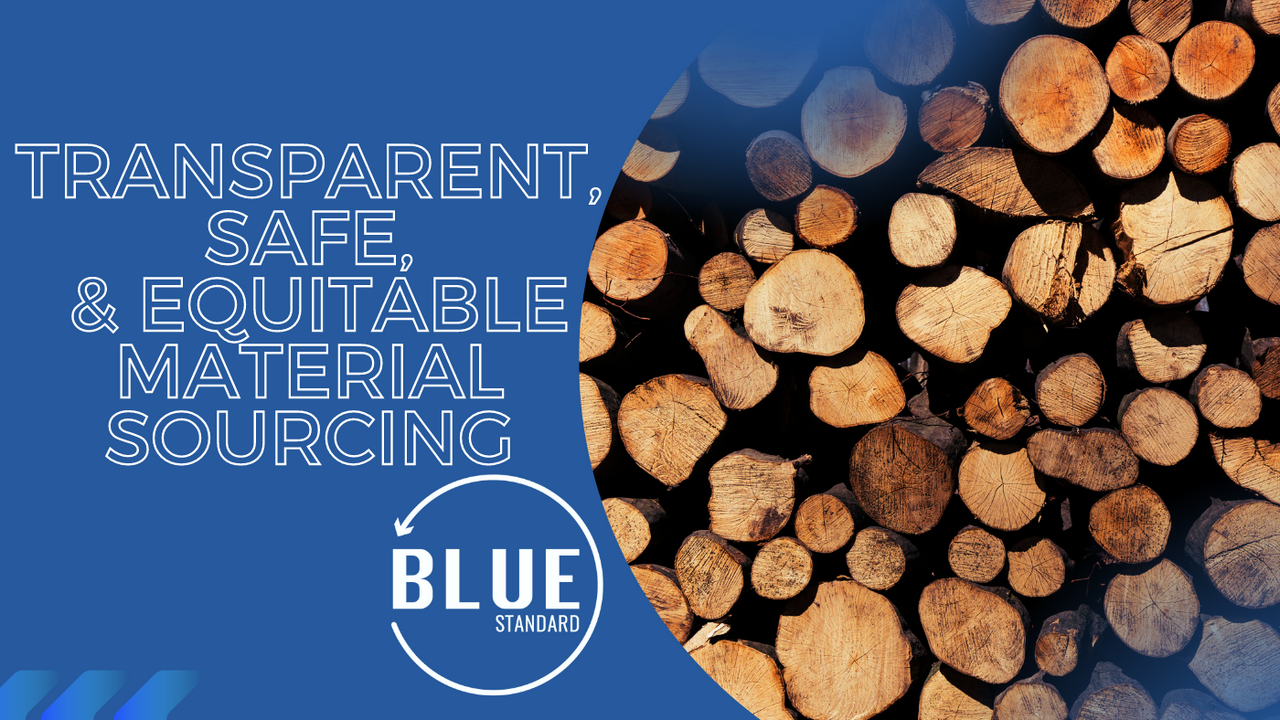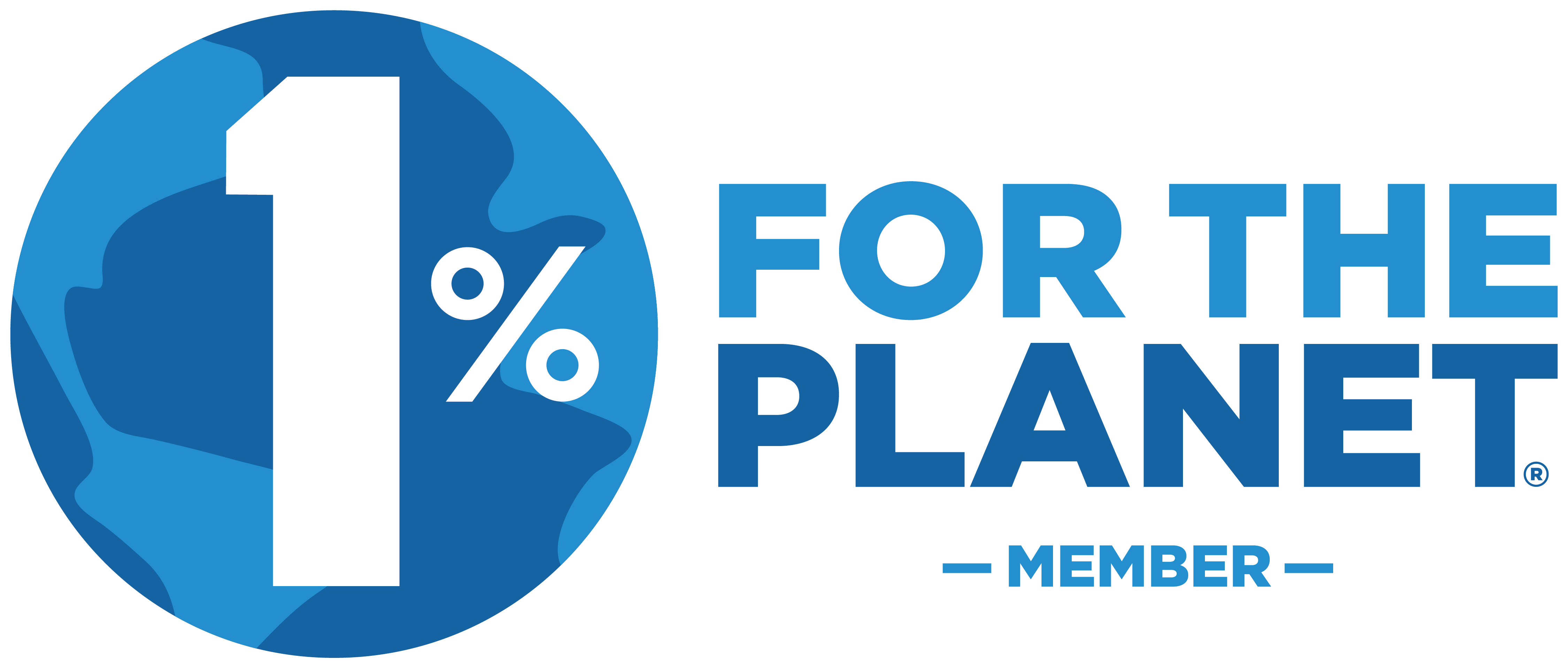
Transparent, Safe, & Equitable Material Sourcing
Transparent, and Safe Material Sourcing
Sustainability requires transparency. Creating a better future means using 100% recycled or sustainable materials that are safe for every member of your family including your dog. This means there are many materials we would never use in the production of products. Our materials and sourcing adhere to the strict REACH guidelines set forth in the EU that has given us the most Transparent and Ethical Material Sourcing in the United States. Our materials ensure the safety and security of your family and the environment.
Our process is RCS certified (Recycled Claim Standard) where applicable, and we ensure sustainable or recycled sourcing in all of the materials we use.
Some of the materials you will never find in our products:
PVC
Commonly known as vinyl or polyvinyl, PVC is a plastic material used in Point of Service (POS) production which is highly toxic, containing lead and other elements. PVC is not biodegradable or degradable. GreenPeace calls this the "Poison Plastic".

- PVC is not biodegradable or degradable and causes huge damage during its production.
- PVC's building block is Chlorine and it consumes the largest and fastest-growing amount of Chlorine in the world for its production.
- Chlorine is the basic ingredient needed for CFT's that destroy the ozone layer and are used to create DDT, PCB's and even Agent Orange.
- Chlorine-based chemicals are linked to widespread health problems including infertility, immune system damage, cancer, impaired childhood development, and more.
- PVC Contaminates humans and the environment through its lifecycle. From production, to use, and disposal.
- "Dioxin and dioxin-like compounds are unintentionally created whenever chlorine-based chemicals are produced, used or burned. Evidence suggests that, throughout its entire lifecycle, PVC is responsible for a greater share of the nation's annual dioxin burden than any other industrial product. Large amounts of dioxin are produced during the various stages of PVC production, and the abundance of PVC items in medical waste and garbage is one reason incinerators are considered the largest sources of dioxins. Thousands of accidental fires in buildings containing PVC result in releases of dioxin in ash and soot, contaminating both the environment and the affected building." - GreenPeace.
BPA
Found in polycarbonate plastic which is often used in containers that store food and beverages. It has been found to adversely affect the brain and nervous system development. This is not only for humans but also for ocean-going and aquatic animals that inhabit our planet's waters.

- Known to affect growth, reproduction, and development in aquatic organisms. Fish appear to be the most affected by this chemical.
- BPA can enter the environment directly from chemical, plastic coatings and manufacturers.
- BPA is a byproduct is used in the manufacturing of plastics & papers. It can also enter the environment through leaching from plastic, paper and metal waste in landfills.
Phthalates
Used to make PVC can be absorbed through the skin. They are banned from general use under EU law and have been linked to an increased list of obesity and reproductive toxicity in humans and animals, causing infertility and reproductive problems in males. They are also suspected of causing allergies and chronic diseases in children like asthma, low testosterone, hormonal imbalance, and reproduction issues.
SVHC - Substance of Very High Concern
Substances that have hazards with serious consequences that you will not find in our products. The chemicals within this listing have been proposed that use within the European Union be subject to authorization under the REACH Regulation.
 The chemicals included in the SVHC listing are considered
The chemicals included in the SVHC listing are considered
- Carcinogenic
- Mutagenic
- Toxic for reproduction
- Persistent and bioaccumulative & toxic.
Find our selection of products that are helping to reduce waste and our carbon footprint on our store.
Other articles:
Quick links
Search
Privacy Policy
Refund Policy
Terms of Service
Environmental Sustainability Policy
Ethics Policy
Global Human Rights Policy
About us
Creating the new standard in sustainable CPG. Blue Standard is the future of healthier, safer, sustainable products for our families, pets, and planet.
Accepted Payments:

